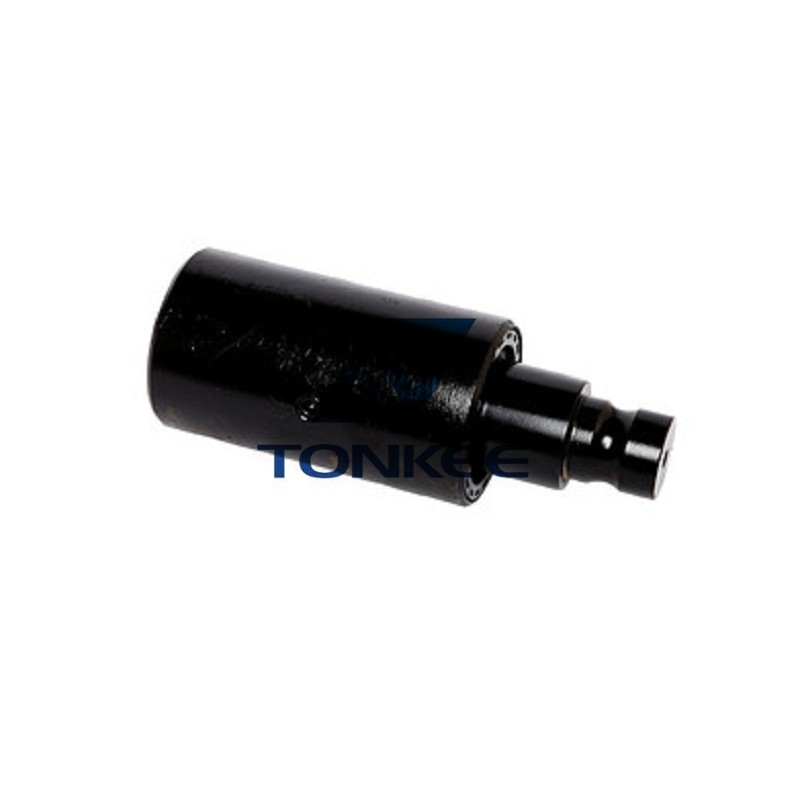
The primary function of the top track roller is to provide support and guidance to the excavator's track chain.
It bears the weight of the machine, as well as any additional loads from digging, lifting, or other operations. This roller also helps maintain proper track tension, allowing the excavator to operate efficiently and smoothly on various terrains.
Size and Dimensions:
While specific size and dimensions can vary depending on the manufacturer's specifications and the model of the Hitachi EX35-4 Series excavator, top track rollers typically have a cylindrical shape with a specific outer diameter, inner bore diameter, and width. These dimensions are designed to match the track chain and the excavator's undercarriage system precisely.
Material:
Top track rollers are typically constructed from high-strength materials to withstand the heavy loads and abrasive conditions they encounter. Common materials include heat-treated steel or alloy steel, which offer durability and resistance to wear and deformation.
Design:
The design of the top track roller is critical for its performance and longevity. It usually consists of a central shaft with a cylindrical outer surface that comes in contact with the track chain. The roller may incorporate features such as sealed bearings or bushings to reduce friction and extend its service life. Additionally, some designs may include flanges or guide rings to help keep the track chain properly aligned.
Load-Bearing Capacity:
The load-bearing capacity of the top track roller is a crucial consideration.
It must be capable of supporting the weight of the excavator and any additional loads it may encounter during operation. The roller's load-bearing capacity depends on its material quality, design, and dimensions.
Compatibility:
Ensuring that the top track roller is compatible with the specific model and series of the Hitachi EX35-4 excavator is essential. Track rollers are designed to work in conjunction with other undercarriage components, and using the correct roller is vital to maintaining proper track tension and preventing premature wear.
Installation and Maintenance:
Proper installation of the top track roller is essential to ensure it functions correctly. It should be installed following the manufacturer's guidelines and torque specifications. Routine maintenance involves inspecting the roller for signs of wear, damage, or play in the bearings and replacing it as necessary to prevent track tension issues and potential damage to other undercarriage components.
Safety:
The top track roller's role in supporting the excavator's weight directly impacts the safety of the machine and its operator. If the roller were to fail or become damaged, it could lead to track derailments, reduced stability, and safety hazards. Therefore, keeping the top track roller in good working condition is crucial for safe excavator operation.


